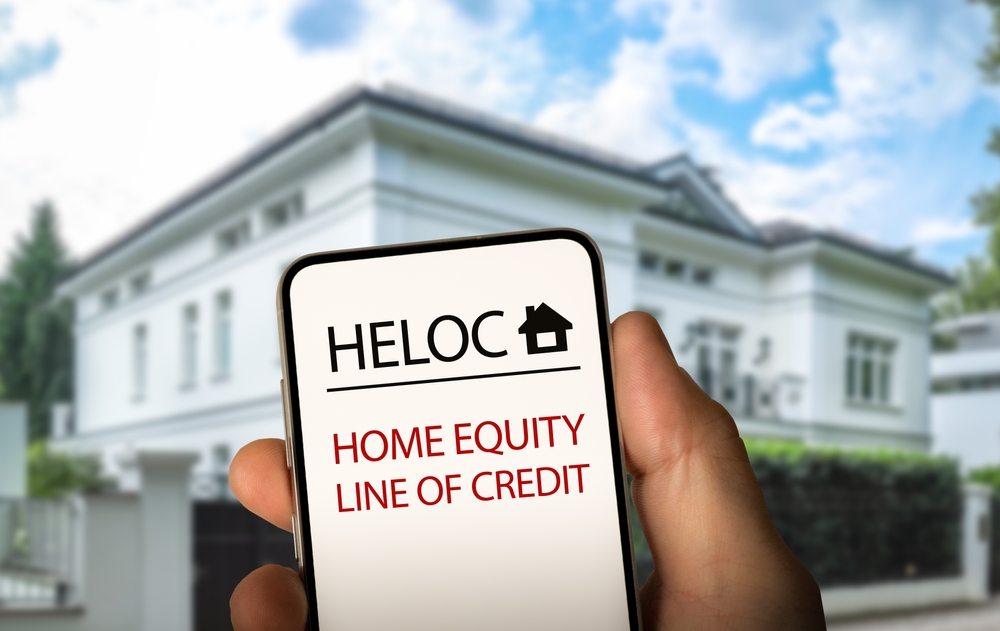You’re drowning in debt, but debt consolidation loans aren’t the only solution. You have alternatives! Start by creating a personalized repayment plan, prioritizing debts based on interest rates, and leveraging credit counseling services. You can also explore debt management plans, budgeting techniques, and debt elimination strategies like the snowball method. By taking control of your finances, you’ll avoid further debt accumulation and gain momentum towards a debt-free life. Don’t stop here – you’re one step closer to breaking free from debt, and there’s more to discover to achieve financial freedom.
Key Takeaways
Create a personalized repayment plan to tackle debts one by one, prioritizing high-interest debts or smaller balances for a sense of accomplishment.
Explore credit counseling services that provide personalized guidance, creditor negotiations, and lower interest rates to simplify debt repayment.
Consider a debt management plan, which consolidates debts into one monthly payment, often with lower interest rates and guidance on managing finances.
Develop a budget that accounts for every dollar, allocates more funds towards debt repayment, and follows the 50/30/20 rule for efficient budgeting.
Prioritize debts based on interest rates, focusing on high-interest debts first, or use the snowball method to tackle smaller debts initially for momentum.
DIY Debt Repayment Strategies
Take control of your debt by creating a personalized repayment plan that prioritizes your debts, slashes interest rates, and accelerates your progress towards financial freedom.
You’re not alone in this journey, and it’s time to take charge of your financial well-being. Start by making a list of all your debts, including the balance, interest rate, and minimum payment for each.
Then, identify the debt with the highest interest rate and focus on paying that one off first. Consider consolidating debts into a single, lower-interest loan or credit card, but be cautious of hidden fees and terms.
You can also try the snowball method, where you pay off smaller debts first to build momentum. Whatever strategy you choose, stick to it and make timely payments to avoid further debt accumulation.
Credit Counseling Services Explained
When you’re overwhelmed by debt, consider enlisting the help of a reputable credit counseling service, which can provide personalized guidance and negotiation with creditors to reduce debt burdens. These non-profit organizations employ certified counselors who’ll assess your financial situation, create a tailored plan, and communicate with your creditors on your behalf. They can help you prioritize debts, reduce interest rates, and even waive late fees.
You’ll work closely with your counselor to develop a realistic plan to tackle your debt. They’ll also provide educational resources to help you better manage your finances in the long run. Credit counseling services are particularly useful when you’re struggling to make payments, facing collection calls, or feeling overwhelmed by debt.
Debt Management Plans Uncovered
With a debt management plan, you’ll work alongside a credit counselor to create a customized strategy that consolidates your debts into one monthly payment, making it easier to tackle your debt burden head-on. This plan will help you prioritize your debts, negotiate with creditors, and create a realistic payment schedule. You’ll benefit from lower interest rates, waived fees, and a clear path to becoming debt-free.
By enrolling in a debt management plan, you’ll gain a sense of control and confidence in managing your finances. You’ll receive guidance on how to allocate your income, reduce expenses, and make adjustments to your spending habits.
This collaborative approach will empower you to take charge of your financial situation, making it easier to stay motivated and committed to your goals.
Budgeting for Debt Elimination
You must prioritize your spending to free up more money in your budget to tackle your debt, and that starts with tracking every single transaction to identify areas where you can cut back. This means scrutinizing your daily habits, from that daily coffee run to subscription services you rarely use.
Create a budget that accounts for every dollar, and then make adjustments to allocate more funds towards debt repayment. Consider the 50/30/20 rule: 50% for necessities, 30% for discretionary spending, and 20% for saving and debt repayment.
Be ruthless about cutting unnecessary expenses – do you really need that gym membership or can you find free workout videos online? By making these changes, you’ll be amazed at how much more money you can free up to tackle your debt.
Snowball Method for Debt
Five debts are looming over you, each one a constant reminder of the financial burden you’re shouldering, and it’s time to take action with the Snowball Method for Debt, a strategy that tackles your debts one by one, starting with the smallest balance first.
This approach provides a sense of accomplishment and momentum as you quickly eliminate smaller debts, freeing up more money to attack the larger ones. You’ll start by listing all your debts, from smallest to largest, and then focus on paying the minimum on all except the smallest one.
Attack that smallest debt with every spare dollar you can muster, and when it’s gone, move on to the next one. The Snowball Method’s psychological boost can be a powerful motivator, helping you stay committed to your debt-elimination plan.
Avalanche Method for Debt
Tackling your debts with the Avalanche Method for Debt means prioritizing the one with the highest interest rate first, a strategic approach that can save you the most money in interest over time. This approach makes sense, as it’s the debt that’s costing you the most money in interest that you should tackle first. By paying off the debt with the highest interest rate, you’ll save money in the long run and make progress on becoming debt-free.
To implement the Avalanche Method, start by listing all your debts, including the balance and interest rate for each. Then, prioritize them by interest rate, from highest to lowest. Make the minimum payments on all debts except the one with the highest interest rate, which you’ll pay as much as possible towards.
As you pay off each debt, use the money you were paying on it to tackle the next one on the list. Stay focused, and you’ll be debt-free before you know it. Remember, every dollar you pay towards your debts is a step closer to financial freedom.
Debt Settlement Options Explored
Considering the weight of debt can be overwhelming, it’s essential to explore debt settlement options that can help alleviate some of that burden. You’re not alone in this struggle, and there are ways to break free from the cycle of debt.
Debt settlement involves negotiating with your creditors to pay a lump sum that’s less than the original amount owed. This option can be especially helpful if you’re struggling to make payments or are facing financial hardship.
You can either negotiate with your creditors directly or work with a reputable debt settlement company. Be cautious, though, as some companies may charge high fees or have questionable practices. Always research and understand the terms and fees associated with debt settlement before committing to a program.
Credit Score Repair Essentials
What’s holding your credit score back, and how can you fix it? You’re not alone in wondering. A good credit score can be the key to unlocking better loan options, lower interest rates, and even dream apartments. So, let’s dive into the essentials of credit score repair.
First, check your credit report for errors. You can request a free report from each of the three major credit bureaus (Experian, TransUnion, and Equifax) once a year. Dispute any inaccuracies you find, and get them removed. This can give your score a quick boost.
Next, focus on payment history, which accounts for 35% of your score. Make on-time payments, and consider setting up automatic transfers to ensure you never miss a payment. Keep credit utilization below 30%, and aim to reduce debt to improve your credit utilization ratio.
Lastly, don’t open too many new credit accounts, as this can negatively impact your score.
Frequently Asked Questions
Can I Consolidate Debt With a Low Credit Score?
You can consolidate debt with a low credit score, but expect higher interest rates or fees. Consider a credit counselor, debt management plan, or peer-to-peer lending, and be prepared to make significant lifestyle changes to get back on track.
How Long Does Debt Consolidation Typically Take to Complete?
You’re wondering how long debt consolidation takes? Typically, it’ll take 2-5 years to complete, depending on your debt, credit, and repayment plan. You’ll need to stay committed, but the payoff will be worth it – a debt-free life!
Are Debt Consolidation Loans Taxable in the Us?
You’re wondering if debt consolidation loans are taxable in the US – the answer is, generally, no! Since you’re not receiving new income, the IRS doesn’t consider debt consolidation loans as taxable income.
Can I Consolidate Debt With a Co-Signer or Guarantor?
You can consolidate debt with a co-signer or guarantor, but be cautious – their credit score will be affected if you default, and they’ll be liable for the debt if you can’t pay.
Will Debt Consolidation Hurt or Help My Credit Score?
“Your credit score might take a temporary hit from debt consolidation, but it can ultimately help if you make timely payments and reduce debt – you’ll be back on track in no time!”
Conclusion
You’ve got this!
You’ve explored debt consolidation loan alternatives, from DIY strategies to credit counseling, debt management plans, and debt settlement options.
Now, take action! Create a budget, prioritize your debts, and tackle them one by one.
Your financial freedom is within reach.
Don’t let debt hold you back any longer – start eliminating it today and rebuild your credit score for a brighter future.



